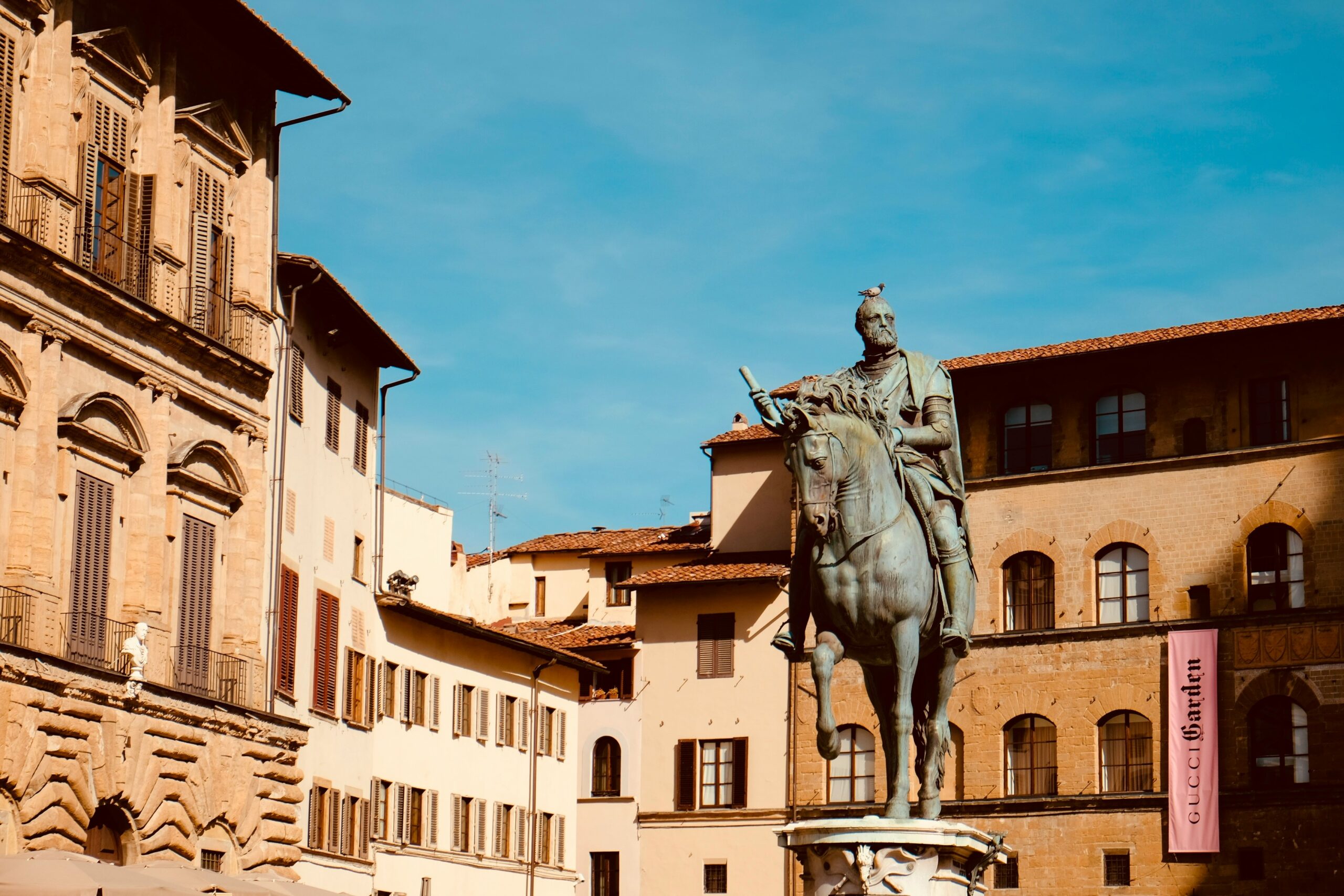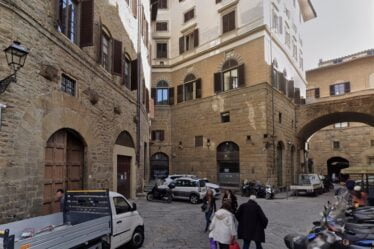

Looking at a statue or painting we will most likely notice in the figures of the captains Ventura but not only, a symbol of considerable importance or the stick of the command, it is a short and often stick, sometimes represented longer.
The origins are lost in the mists of time, used by the ancient shepherds, to the Egyptian pharaohs, in the Greek period it takes on the name of “Skèptron” (scepter) while in the Latin world “Sceptrum” (stick to support-bastone). And it is precisely in Roman period that every centurion had a curved dileno stick (Bacillum Viteum) which was the real sign of the command of these soldiers. The stick could be used to give controls, report the direction to be taken but also to punish lazy or riotous legionaries.
In the Middle Ages, the leaders brought these sticks that they used as a weapon, but also as a symbol of their degree, a custom that was then handed down to the commanders in chief, the marshals of modern armies. Some examples we can see them inside the cathedral of Florence, on the left nave, the fresco of Paolo Bartcello depicting the leader-captain of Ventura Giovanni Acute (from 1436), and the painting by Andrea del Castagno depicting the captain of Ventura Niccolò from Tolentino (from 1456).
The equestrian statue in Padua dedicated to Erasmus Stefano da Narni, known as Gattamelata, a work of Donatello (1446-53) and the one found in Venice by Bartolomeo Colleoni del Verrocchio. Small details but important in history …


